You already know what you need to get into or stay in ketosis – but what about nutrients you might be missing on a keto diet?
If you’re eating keto, then you’re taking in very few carbs. Yet it’s those carb-rich foods that are also loaded with antioxidants, electrolytes, fiber, and other important vitamins and minerals.
While keto has many health benefits, if you’re planning to stay in ketosis for a while, these six supplements can ensure that you don’t suffer from nutrient deficiencies or imbalances.
Curious about ketosis?
Click here to get the FREE Easy Keto Guide to learn the right way to go keto!
The 6 Best Keto Supplements
The keto diet is great for treating epilepsy, improving lipid profiles, and leading to weight loss, but one big downside is that it may lead to nutrient deficiencies. (1, 2, 3, 4)
Stay nourished while in keto with these top research-backed supplements to provide nutritional balance.
Note: Don’t take any supplements without clearing it with your doctor first, and be sure to let them know of any new symptoms that begin after you’ve made dietary changes.
1. Omega 3
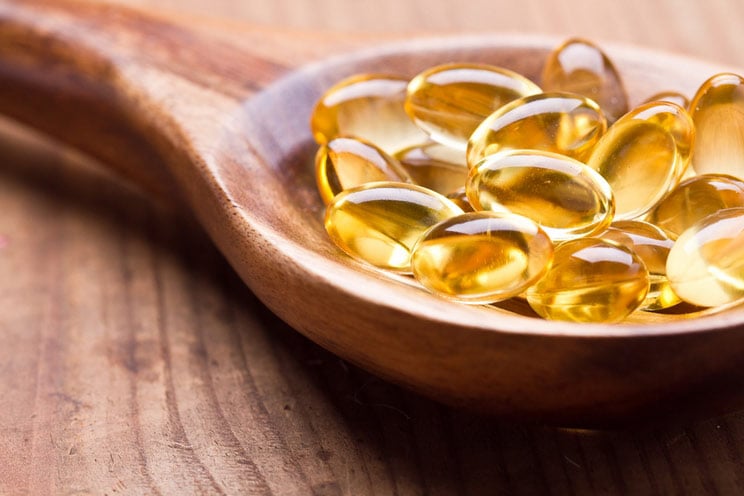
The body needs certain types of fatty acids to keep the brain, heart, and body running smoothly. Omega-3 fats are especially vital, with EPA (eicosapentaenoic acid) and DHA (docosahexaenoic acid) being two essential forms.
Why do you need extra omega-3 on a keto diet? A typical keto dietary profile is higher in omega-6 fats than omega-3 fats. While they’re both necessary for health, what’s crucial is the ratio of omega-6 to omega-3. The optimal ratio is 1:1 or at least 2:1, but the typical American diet ratio is closer to 20:1. (5) Supplementing with omega-3 fatty acids helps to reduce inflammation, supports brain and mental health, and balances lipids, which are a risk factor for cardiovascular problems when elevated. (6, 7, 8)
How to take: Choose a high-quality EPA/DHA combination fish oil supplement, like this one, or take krill oil like this, which contains both omega-3 fats and antioxidants. Follow the recommended dosage on the product.
2. Potassium
Potassium is a mineral that also functions as an electrolyte. Together with calcium and magnesium, potassium helps to regulate body fluid levels, blood pressure, heart rate, and muscle contractions. (9)
When following a keto diet, electrolyte levels can be low because they are typically found in higher carb foods. The most prominent food sources of potassium include bananas, potatoes, and sweet potatoes, most of which are not allowed on a keto plan. If potassium levels drop too low, symptoms can include: (10)
- Increased blood pressure
- Risk for kidney stones
- Bone breakdown
- Constipation
- Fatigue
- Muscle weakness
- Malaise
Several of these symptoms are also associated with what’s known as the “keto flu”. By ensuring that your electrolyte levels stay balanced, you can avoid this set of symptoms. (11)
How to take: If you take a multivitamin, it likely contains potassium and you won’t need any additional. If not, choose a multi-electrolyte supplement like this and follow the dosing instructions. You can also take ½ or smaller doses, depending on what your practitioner recommends. The recommended daily amount for potassium is 4,700 milligrams. (12)
3. Calcium
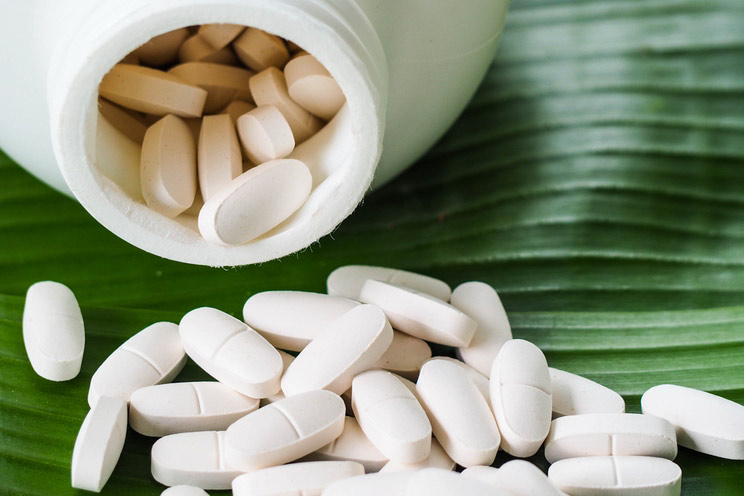
Calcium is known as an essential mineral for bone health, but that’s only a small part of the story. If levels are too low, bones will break down more easily to provide nutrients to the body. This can result in a long-term risk of osteoporosis and other symptoms, like: (13)
- Confusion
- Muscle spasms
- Depression
- Weak/brittle nails
- Easy bone fractures
- Numbness and tingling in the hands, feet, and/or face
- Thin skin
- Brittle hair
Calcium also functions as an electrolyte within the body, helping cells to maintain proper fluid levels and ensuring that your blood coagulates as it should. (14, 15) Rich sources of dietary calcium include dairy products, broccoli, sardines, and leafy greens. If you’re doing a dairy-free version of keto, you’re likely not taking in enough broccoli and leafy greens to account for your daily intake. One cup of broccoli contains 61 milligrams of calcium, for example, and your daily target is between 1,000 and 1,200, depending on your age. (16)
Loss of electrolytes is what cause symptoms of “keto flu”, and if you’re exercising on top of it, you’ll face even greater fluid losses. (17, 18)
How to take: While potassium and calcium both function as electrolytes, they have different functions elsewhere in the body, so you need both. If you don’t take a multivitamin, choose a multi-electrolyte supplement like this and follow the dosing instructions. Taking an all-in-one electrolyte supplement keeps them in balanced ratios and cuts down on the number of products you need to buy. You can also take ½ or smaller doses, depending on what your practitioner recommends. The recommended daily amount for adult men and women is 1,000 mg/day and for women over age 50, it’s 1,200 mg/day. (19)
4. Magnesium
Like calcium and potassium, magnesium is an essential electrolyte. Many people fall below the recommended daily intake of magnesium, which can lead to an increased risk of cardiovascular disease and chronic health problems. (20)
Magnesium is vital for heart health, muscle functioning, immunity, the nervous system, bone health, hormone health, and hundreds of other chemical reactions within the body. (21) It also has a calming effect on the brain, and low levels can result in stress, anxiety, and depression. (22)
There are many keto sources of magnesium, like almonds, pumpkin seeds, avocados, and leafy greens. However if you’re following a keto diet, chances are you’re not eating high quantities of these because they have too many carbs to stay in ketosis. The recommended daily amount for magnesium is 310 to 320 milligrams for women and 420 milligrams for men, depending on age. (23) A ¼-cup serving of pumpkin seeds contains a whopping 3 net carbs and only 60 milligrams of magnesium. (24)
How to take: The average supplemental dosage each day is 300 milligrams, which can be obtained from a high-quality mineral supplement, like this.
5. Vitamin D3
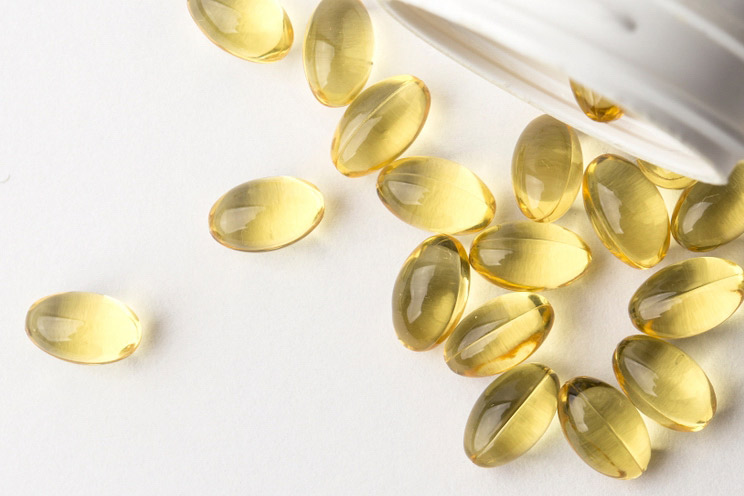
There are few foods that are rich enough sources of vitamin D to provide the needed amount each day. If you’re following a keto diet, you’re likely not getting close to what you need. Vitamin D comes in two forms: D2 and D3. D2 is typically found in fortified milk products, but has a poorer absorption rate. Vitamin D3 is utilized better by the body and is considered the more natural form. (25)
Vitamin D is both a nutrient and a hormone, since it comes from dietary sources as well as from sun exposure. It also helps the body to absorb and use calcium, magnesium, potassium, and other minerals. (26) On top of that, it is required for healthy bones, cardiovascular health, and immunity. And low levels are also associated with chronic health problems and depression. (27, 28, 29) About 41 percent of Americans are deficient in vitamin D levels at any given time due to lack of sun exposure or using sunscreen, which prevents the hormonal reaction from making vitamin D. (30) While there aren’t many foods with high levels, a keto plan restricts natural access even further.
Vitamin D is a fat-soluble nutrient, and because it can accumulate in fatty tissues and result in toxicity if you supplement with excess levels, it’s vital to have your doctor test your vitamin D levels before starting a supplement. Blood levels between 30 and 60 are considered optimal by many practitioners. (31)
How to take: Choose a vitamin D3 supplement, like this one, at the recommended dosage from your doctor, dependent on your blood levels.
6. Fiber
Fiber is the bulky roughage that is found in fruits and vegetables, helping the digestive tract to function optimally. It is also a type of carb, so those eating a low-carb or keto diet are likely falling significantly short of daily fiber requirements.
While people with MS or those with problems digesting FODMAPs can thrive in a lower fiber environment, many people are likely to experience constipation or intestinal problems if they consume too little fiber. (32, 33)
If you are struggling with constipation on the keto diet, you may want to add psyllium husk to your diet plan. Taken with water, psyllium adds bulk fiber to your digestive tract without boosting carb counts, as this type of fiber is indigestible. It helps with intestinal transit and can also improve lipids and glucose. (34)
If you want to boost gut health, taking prebiotic fiber can help to feed the good bacteria that live in the gut. This type of fiber in supplement form is typically inulin, and is well-tolerated by most. (35)
How to take: The recommended daily intake for fiber is 25 grams per day, although 50-100 grams per day may be optimal. (36) If you’re not used to taking fiber supplements, start small, as a sudden influx could result in bloating or discomfort. Always take fiber supplements with at least eight ounces of water or whatever the supplement product recommends. Try a product like this inulin powder or this psyllium powder, and start with ¼ dose for a week, working your way up in step-level fashion to a full dose after 4-6 weeks.
The Bottom Line
If you’re planning to follow a keto diet, adding nutrients to supplement your diet can prevent deficiencies and electrolyte imbalances, boosting your overall health. While keto has plenty of proven health benefits, it’s not always nutritionally complete for all needs, which is where supplements can step in and fill the gaps.
(Read This Next: Keto For Women: 5 Must-Know Tips for Success)


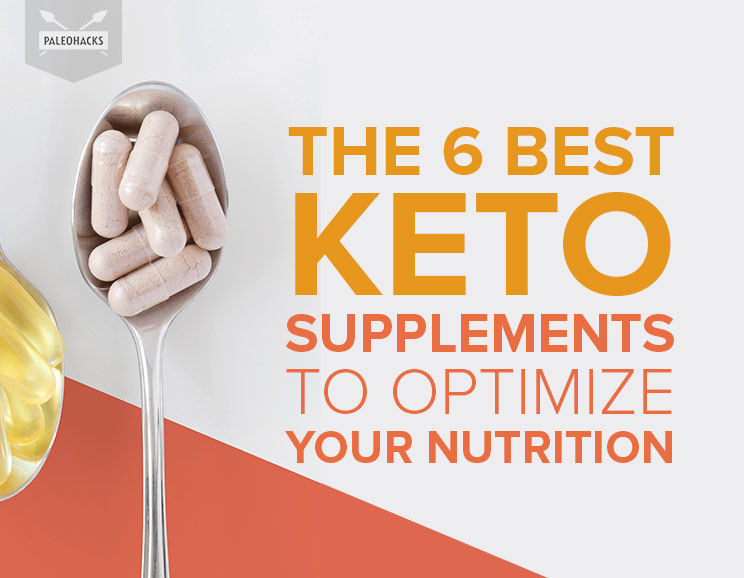
 Hazelnut Meringue Cloud Cookies
Hazelnut Meringue Cloud Cookies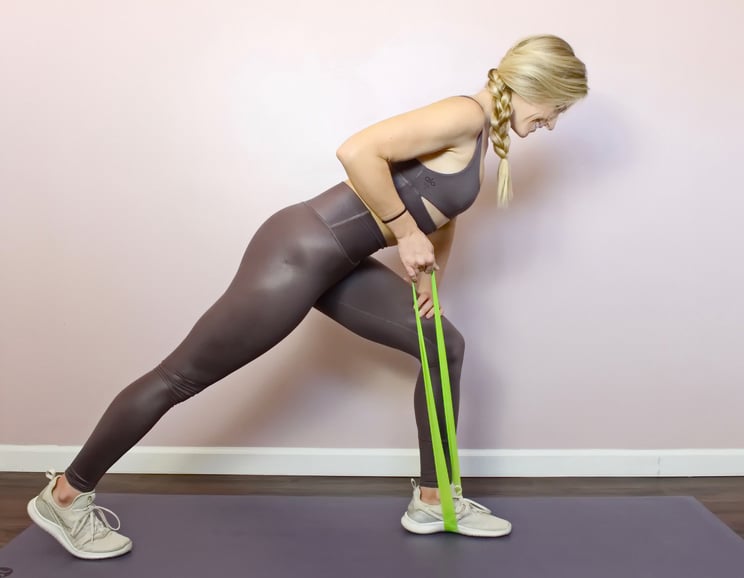
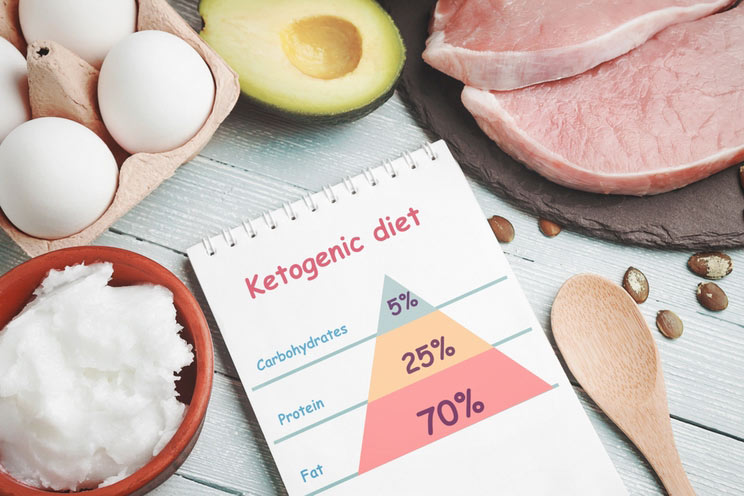
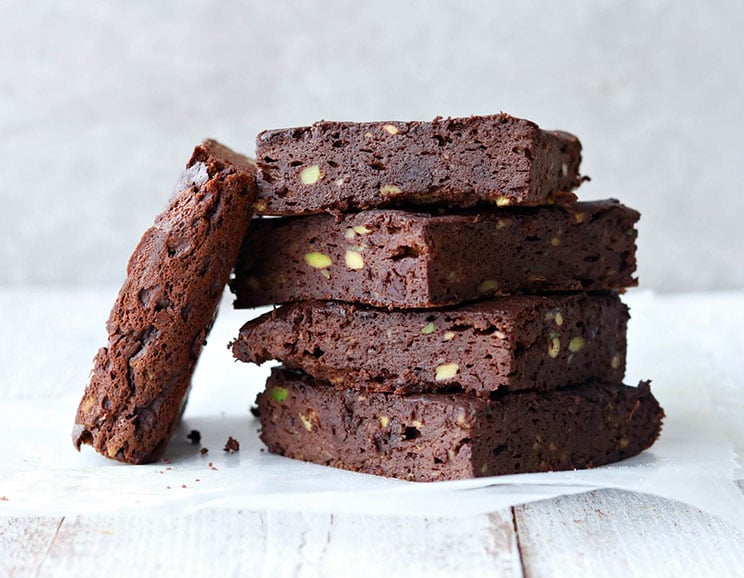
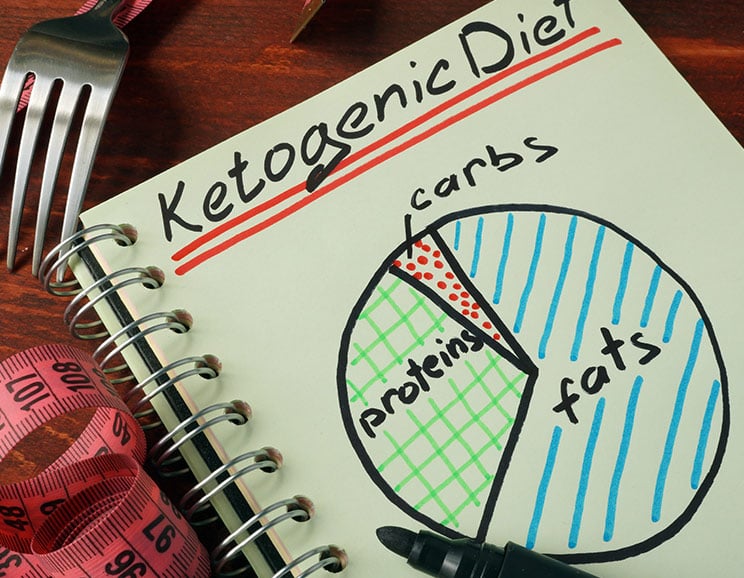

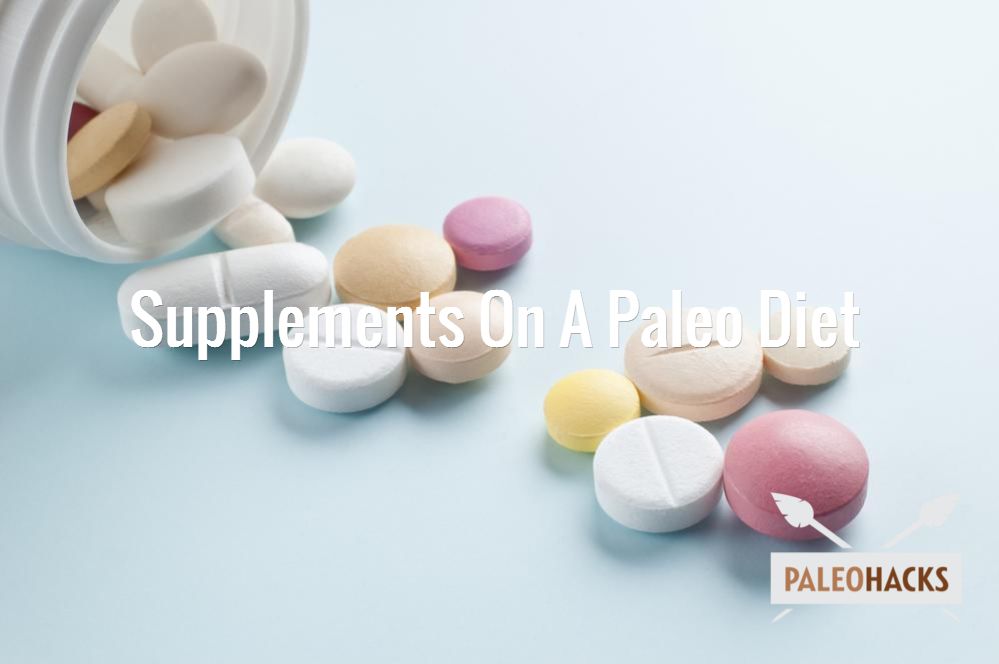
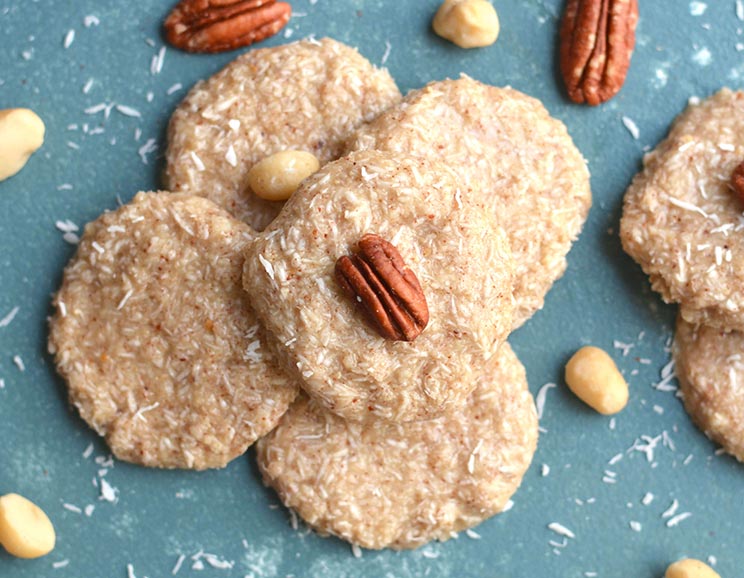
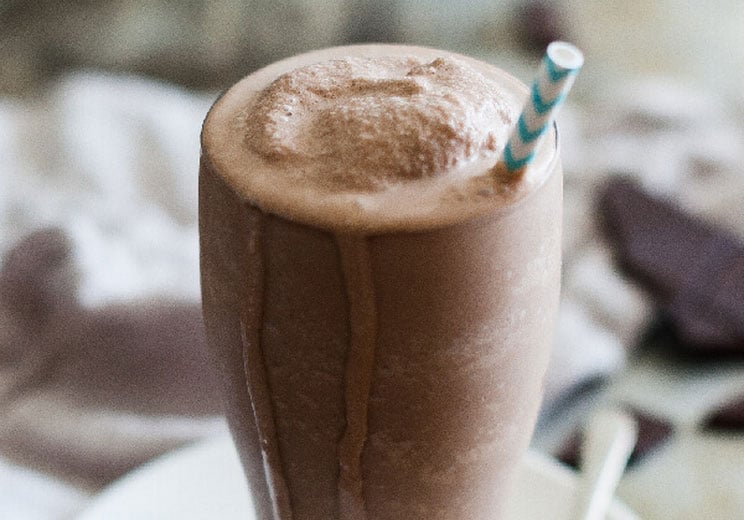
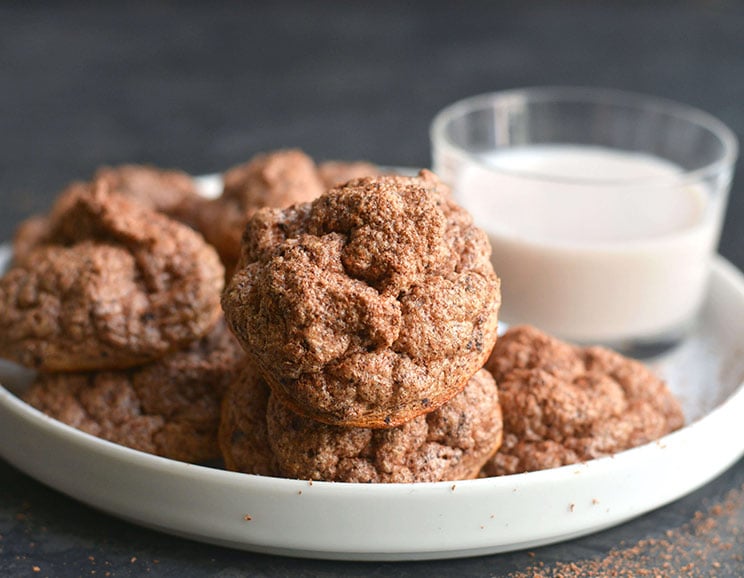

Show Comments